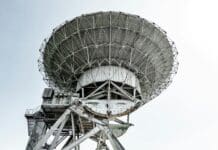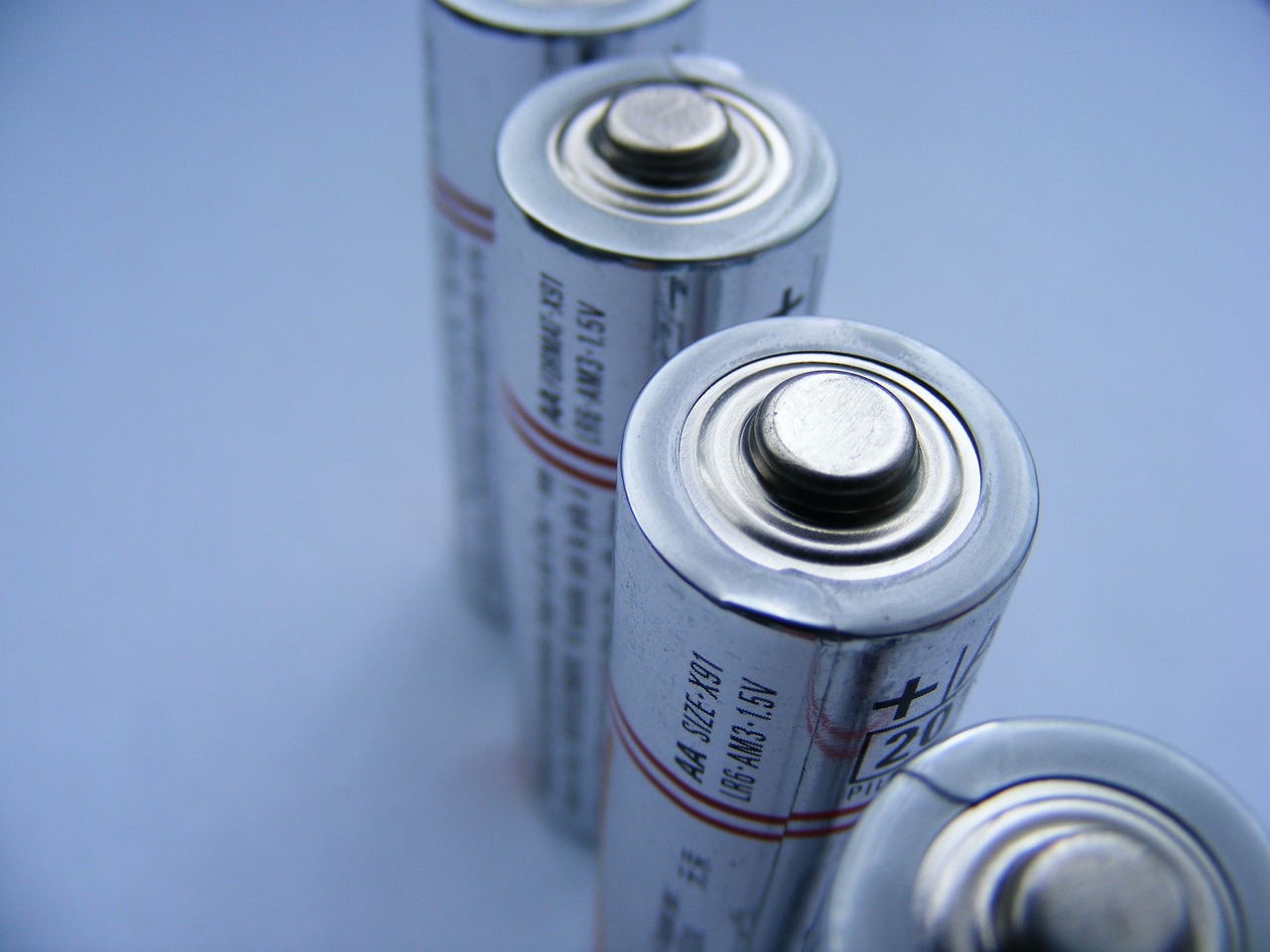
This post is also available in:
 עברית (Hebrew)
עברית (Hebrew)
A solar-powered uncrewed aerial vehicle (UAV) has completed a series of extended flight tests, staying airborne for nearly three days without refueling or external power. The aircraft, developed by aerospace startup Skydweller Aero, is being evaluated by the U.S. Navy for use in long-endurance surveillance and monitoring operations.
The aircraft—reportedly the largest solar-powered platform in operation—achieved flight durations of 73 and 74 hours in two consecutive missions. Across four recent flights, it logged a total of 222 hours in the air, relying solely on solar and battery power.
With a 236-foot wingspan, the UAV is equipped with approximately 17,000 solar cells across its carbon fiber structure. These generate up to 100 kilowatts of electricity during daylight hours, according to Interesting Engineering. The energy powers the UAV’s propulsion system and electronics while also charging a 635 kg onboard battery bank. At night, the aircraft runs entirely on battery reserves until sunrise reactivates solar input.
The drone’s design is optimized for endurance rather than speed. Its lightweight construction and energy efficiency allow it to maintain high-altitude, stable flight for extended periods. It is built to remain airborne for 30 to 90 days without landing, only requiring periodic maintenance rather than refueling.
The Skydweller’s endurance is being assessed by the Naval Air Warfare Center Aircraft Division (NAWCAD), particularly for missions across the U.S. Southern Command region, where long-term intelligence, surveillance, and reconnaissance (ISR) coverage is needed. Traditional ISR platforms are constrained by fuel limitations and require tanker support, which is not always practical—especially in sensitive or contested environments.
Capable of carrying payloads of up to 400 kilograms, the aircraft supports a range of mission types including maritime surveillance, counter-trafficking operations, and environmental monitoring. It is also equipped with onboard AI-based data processing, enabling real-time classification and reduced data transmission needs—key for autonomous operations over remote areas.

























